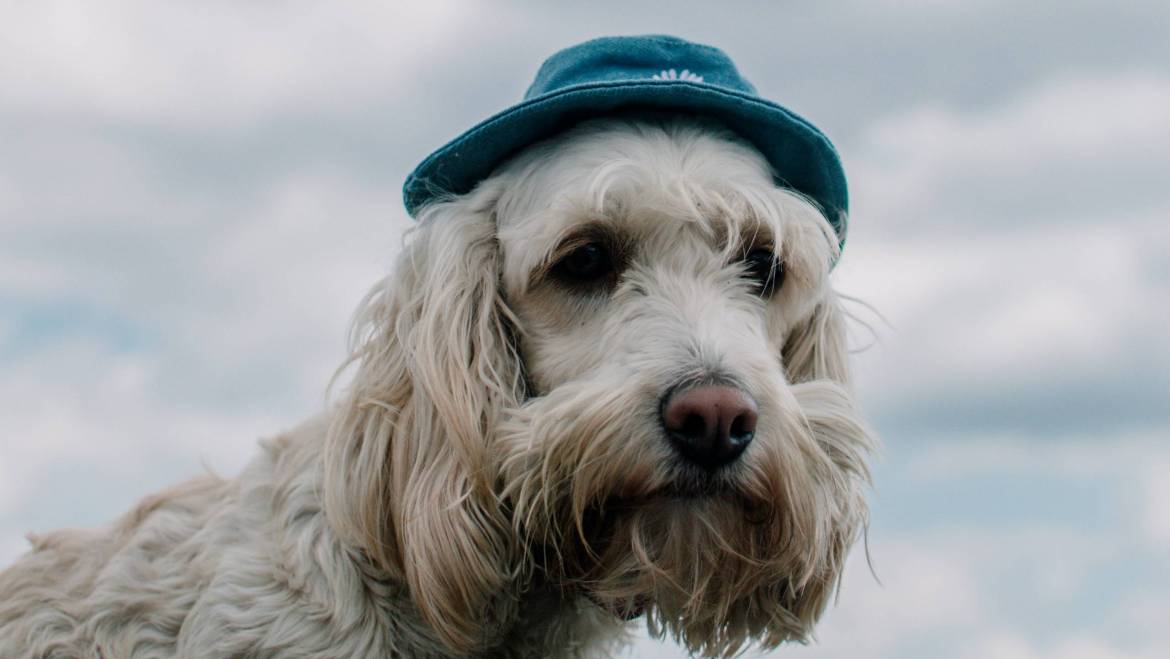Good Activity for Dogs of Varying Sizes
It can sometimes be hard to find safe, fun ways to socialize dogs who are very different sizes. Two dogs in the same home may have very different experiences and rarely interact socially, which can result in problems.
Walking dogs that are different sizes together allows for safe, controlled interactions while also enabling dogs to enjoy activities and build a bond.
Dogs Learn from One Another
You probably expect the handler who is walking your dog to teach them appropriate behavior and redirect them from inappropriate behavior, but what you might not realize is the degree to which dogs can teach one another. Dogs look to one another for cues about how to behave.
A surprising number of negative behaviors come from a lack of knowledge about better ways to behave. On a pack walk, dogs who pull can see demonstrations of dogs walking without pulling. Dogs who bark are shown a group of dogs that do not bark at every stimulus.
Indeed, dogs can negatively influence each other’s behavior as well. This is why a skilled walker is important. The walker on a structured pack walk guides behavior, redirecting undesirable tendencies and rewarding positive behavior. The walker can also position dogs so that well-behaved dogs can model behavior and less well-behaved dogs can learn.
Exercise and Train Simultaneously
Every family dog needs a degree of training and exercise. Fitting both into your schedule can be a challenge, especially if you are limited in space.
Pack walks are a great way to give dogs good exercise and training at the same time. While dogs are walking and exploring, they are also learning to practice self-control, develop social intelligence, and listen to the leader. These skills will show themselves in a dog that is better behaved and more relaxed with less training.
The Value of Shared Frequency
Pack walks result in dogs that are more relaxed and easy-going, compared to most other activities that offer similar exercise and training. While on a pack walk, dogs share a kind of frequency between their handler and the other dogs. They settle into a walking meditation in which the calm, happy energy of the entire group is shared.
Dogs are happiest when they feel that they belong to a group and know what they should do there. Too often, our family dogs feel disjointed. They may not be sure what their role is in the family as we go about our individual activities.
When dogs go on a pack walk, they settle into a shared energy, or frequency, with the other dogs and their walker. They know exactly where they belong and what they’re supposed to do. For most dogs, this is a huge relief. They relax and fully enjoy their walk.
This zen state continues when the dog gets home. Dogs are more willing to tap into the positive energy around them, more resistant to negative energy, and less likely to be stressed.
Single Handler Versus Group Walks
When some people talk about pack walks, they are referring to a group walk in which many people walk with their dogs. This can be a great way to help reactive dogs overcome their aggression and fear.
However, group walks are very different than pack walks. Here are some of the benefits of pack walks that are generally not offered by group walks.
- Active socialization.Dogs walk together, brushing against each other and sharing space, while not making much face-to-face eye contact. This results in active socialization throughout the walk.
- Encourages focus on the leader.When there is a single handler in a group of dogs, the dogs become accustomed to one another and pay attention to the handler.
- Establishes zen.Walking at a pace with a group of other dogs and a single person, all connected to each other, creates a sort of walking meditation that often results in calmer dogs.
How to Take Your Dog on a Pack Walk
If you want to get all of the advantages of a pack walk for your dog, it’s time to look for a skilled pack leader. Don’t trust just anybody to handle your dog with a group of other dogs. Here are a few things to look for in a pack dog walker:
- Has experience. A good pack walker has lots of experience in dog behavior and knows how to handle problematic behavior between dogs.
- Takes time to know the dogs. Pack leaders should introduce dogs to one another slowly, building the pack one at a time. It matters what dogs your dog walks with.
- Cares about energy.Energy is very real and important in dog packs. It is up to the handler to establish and maintain positive energy.
Get Your Dog Started on a Pack Walk
If you want your dog to get exercise, socialization, and training safely and regularly, a pack walk is an excellent option. Ask me how I handle the dogs in my pack, and why being on the same frequency and maintaining positive energy is so important in my pack walks.

